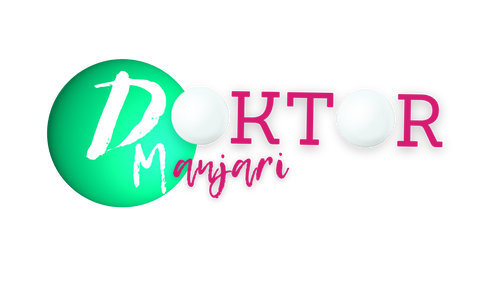Understanding Endometriosis: Symptoms, Prevention, Management, and Complications
Introduction:
Endometriosis is a common but often misunderstood medical condition that affects millions of women worldwide. This chronic disorder occurs when tissue similar to the lining of the uterus, known as endometrium, grows outside the uterus. This misplaced tissue can cause a range of symptoms, impact fertility, and lead to complications if left untreated. In this article, we will delve into the symptoms, prevention strategies, management options, and potential complications associated with endometriosis.
Symptoms:
-
Pelvic Pain: Endometriosis is frequently associated with pelvic pain, ranging from mild discomfort to severe pain. This pain may occur before and during menstruation and can extend beyond the menstrual period.
-
Painful Menstruation (Dysmenorrhea): Women with endometriosis often experience intensified menstrual cramps, leading to significant pain during their periods.
-
Painful Intercourse: Endometrial implants outside the uterus can cause pain during sexual intercourse, known as dyspareunia.
-
Chronic Fatigue: The chronic inflammation associated with endometriosis can contribute to fatigue and a general feeling of low energy.
-
Digestive Issues: Some women may experience gastrointestinal symptoms, such as bloating, constipation, or diarrhea, especially during menstruation.
Prevention:
While the exact cause of endometriosis is not fully understood, there are several strategies that may help reduce the risk or severity of the condition:
-
Early Detection and Treatment: Timely diagnosis and intervention can prevent the progression of endometriosis and mitigate its impact on fertility.
-
Healthy Lifestyle Choices: Adopting a healthy lifestyle, including regular exercise, a balanced diet, and adequate sleep, may help manage inflammation and reduce the risk of endometriosis.
-
Avoidance of Environmental Toxins: Some studies suggest a link between environmental toxins and the development of endometriosis. Minimizing exposure to such toxins may be a preventive measure.
Management:
-
Pain Management
- Surgery: In more severe cases, surgical intervention may be necessary to remove endometrial implants and scar tissue. In some instances, a hysterectomy may be recommended.
Complications:
-
Infertility: One of the primary complications of endometriosis is infertility. The condition can interfere with the normal function of the reproductive organs, making it challenging for women to conceive.
-
Adhesions and Scarring: Endometriosis can lead to the formation of adhesions and scar tissue, causing organs to stick together. This can result in pain and complications.
-
Ovarian Cysts: Endometriomas, or cysts filled with old blood, can develop on the ovaries. These cysts can be painful and may require surgical removal.
Conclusion:
Endometriosis is a complex and multifaceted condition that requires a comprehensive approach to diagnosis and management. By understanding the symptoms, implementing preventive measures, exploring various management options, and addressing potential complications, women can take control of their health and well-being.
Early detection and proactive intervention are crucial in improving outcomes and enhancing the quality of life for individuals affected by endometriosis.
